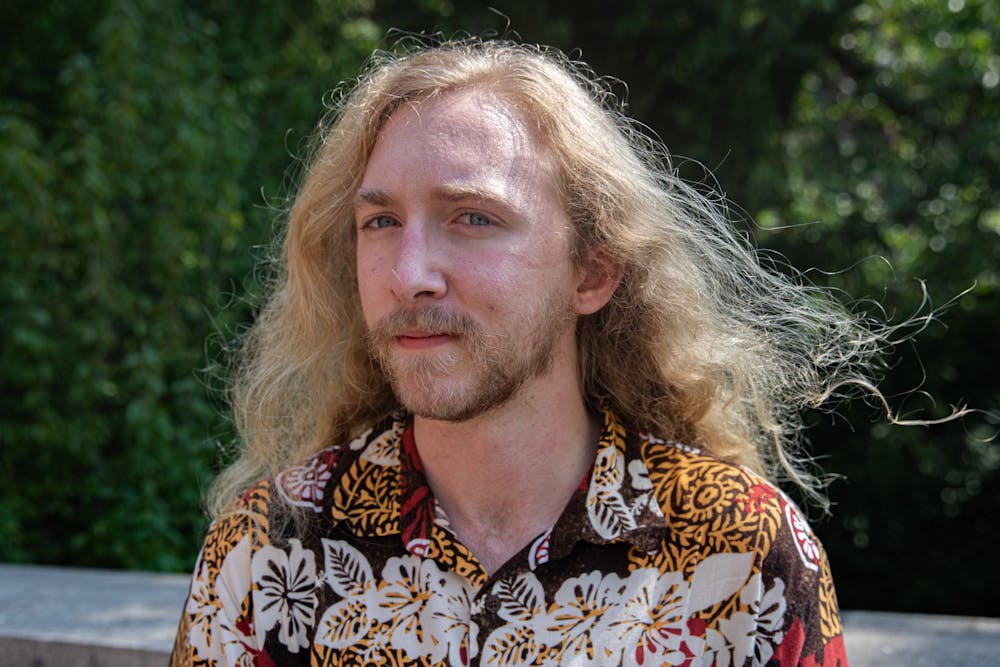In a review of “All Quiet on the Western Front,” critic Glenn Kenny points out the clear visual references in the film to the epochal war film “Come and See.” The film is a horrific depiction of war captured with stunning cinematography, and cinematographer Roger Deakins has often praised and served as inspiration for Steven Spielberg’s “Schindler’s List.”
“All Quiet on the Western Front” inspirations are not limited to the Soviet era anti-war film, instead it draws on a rich history of Soviet cinema. To understand the inspirations to the Oscar nominated feature we have to trace Soviet films to their earliest years.
This can be seen in the silent era of Soviet films, where two notable films were released. First was “Battleship Potemkin” and its famous Odessa Steps sequence has been recreated again and again in cinema. Second was the experimental “Man with a Movie Camera,” which created a visual language moving forward.
The film opens with the following line directed at the audience: “This film is an experiment in cinematic communication of real events.” This prefaces the 1929 Soviet era documentary that follows director Dziga Vertov as he stages and films a collection of locales, people and machinery through groundbreaking techniques.
The film's impact on the larger cinematic world can be felt throughout the history of film. The thesis of the film is “an experiment in cinematic communication” and it sets out to create a visual language popular in Russia that pushes the form to its limit by pushing the idea that film is an extension of the artist's perception. It is the idea that the camera is only an extension of one’s eye.
The films of the Soviet era walked this fine line, of the director creating an imaginary world while meeting the demands of censors. The results were films that balanced unique cinematography and propaganda filled messages like in “The Cranes are Flying.”
In contrast, Andrei Tarkovsky’s films pushed beyond the visual and into the metaphysical. Tarkovsky’s films are experiences in the dreamlike creation of story, featuring long shots and a cinematic language in line with oneiric film theory. In this way, Tarkovsky’s films have become a moving artwork.
The shot of a kiss in “Ivan’s Childhood” balances the tensions of flirting and anxiety through the movement across a small trench. The dream from “Stalker” lingers along the landscape in a dream-like state.
The most iconic shot from any of the director’s films is the house burning in “The Mirror.” The film is a retelling of a life, out of order and without narration. It is a collection of moments captured with the slow panning of a camera. This is exemplified in a moment of action as everyone in the home rushes to see the burning of a home.
The scene captures something deep within the Id. It captures something intrinsically human, the interest of spectacle, and places it within the context of the film. Tarkovsky’s work didn’t redefine the genre but pushed the medium towards the meditative and reflective.
Like all good works of art Tarkovsky’s film speaks on a deeper level of human understanding. Linking back to “Man with a Movie Camera,” Tarkovsky experiments with the medium of film to tell new narratives. His work is rich in creativity and technique that has continuously inspired film today.
While watching “All Quiet on the Western Front,” Tarkovsky’s prints become apparent. Though, only through an understanding of Tarkovsky work and wider Soviet canon can we learn to appreciate the art he’s inspired.
Benjamin Ervin is a senior studying English literature and writing at Ohio University. Please note that the views and opinions of the columnists do not reflect those of The Post. Want to talk more about it? Let Benjamin know by emailing him be425014@ohio.edu.






